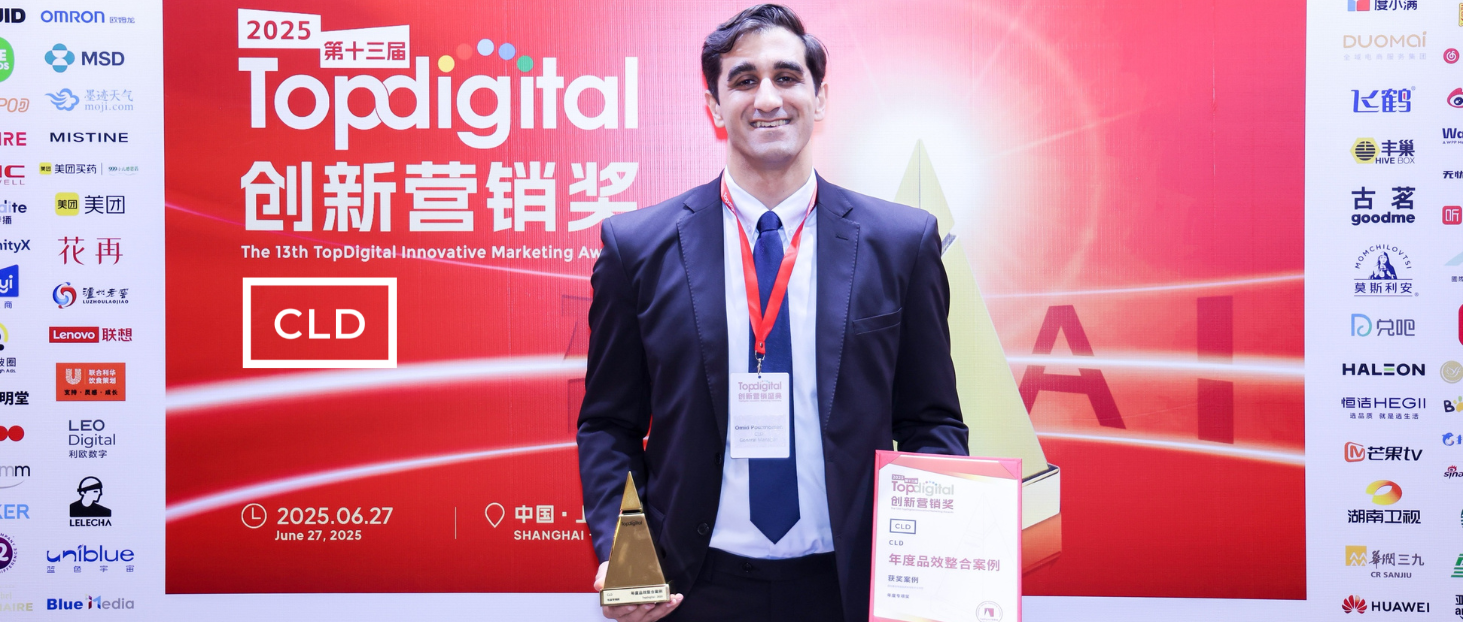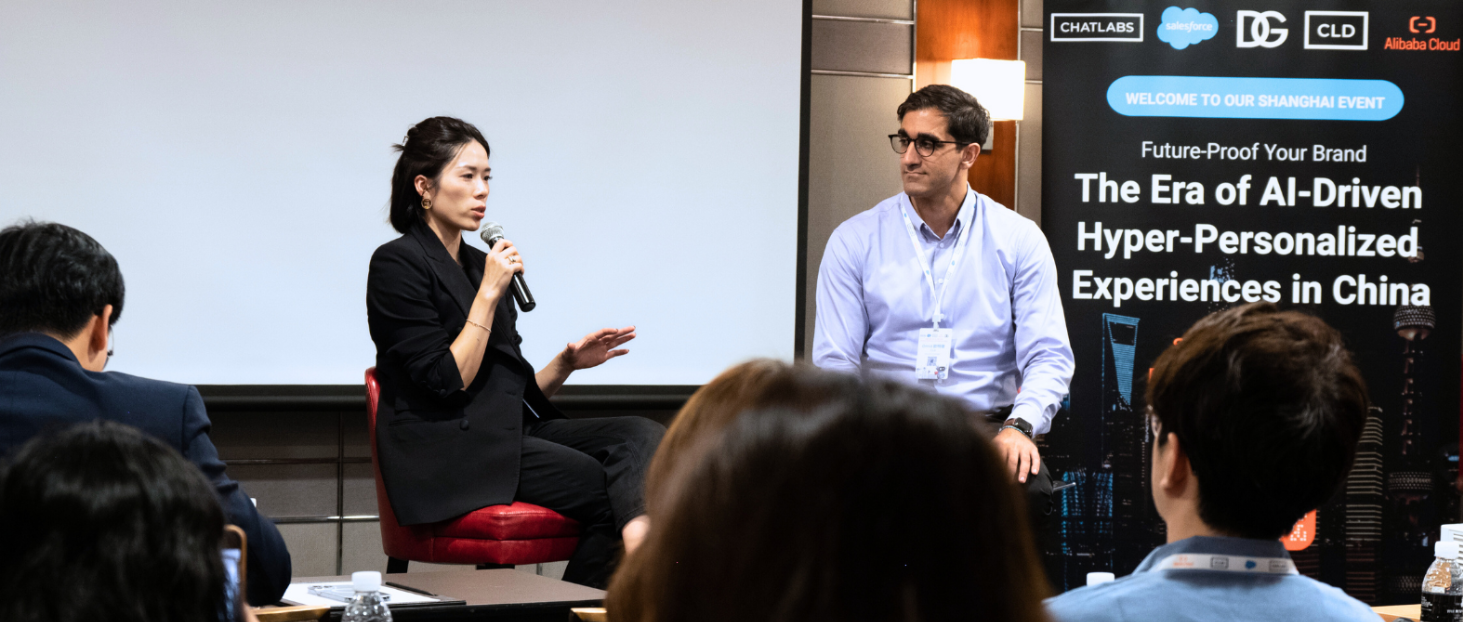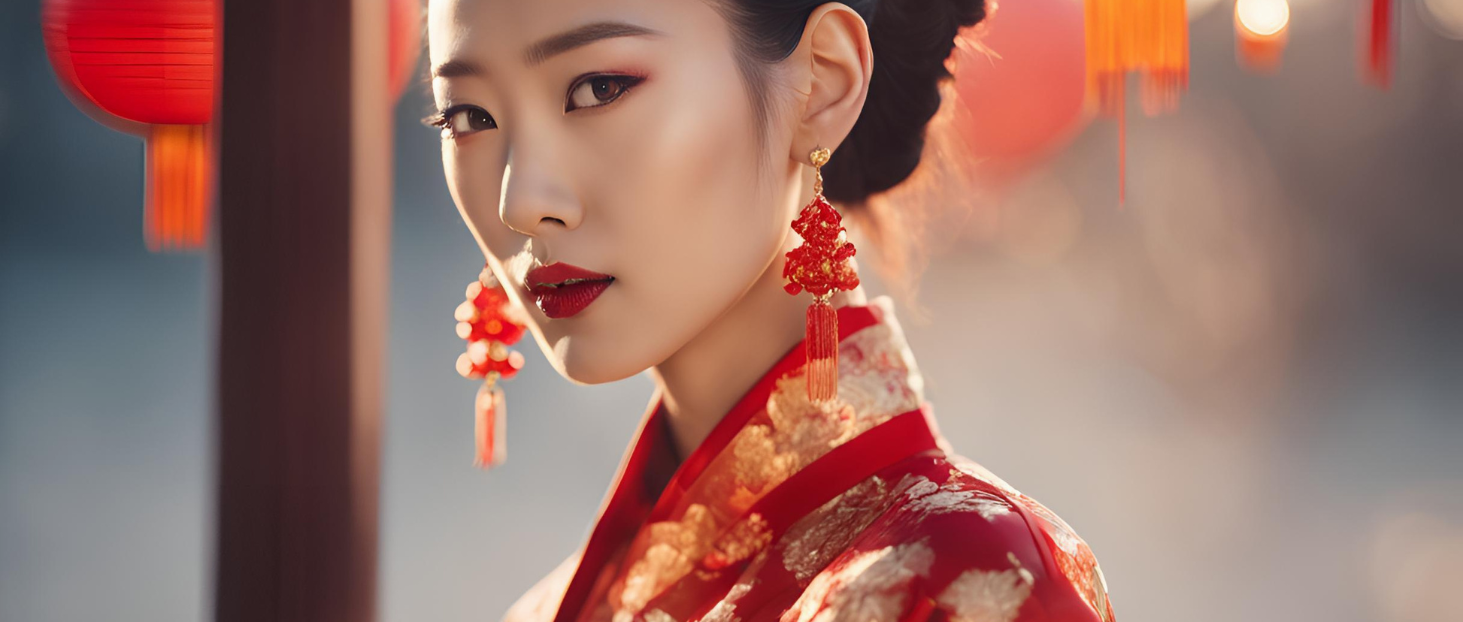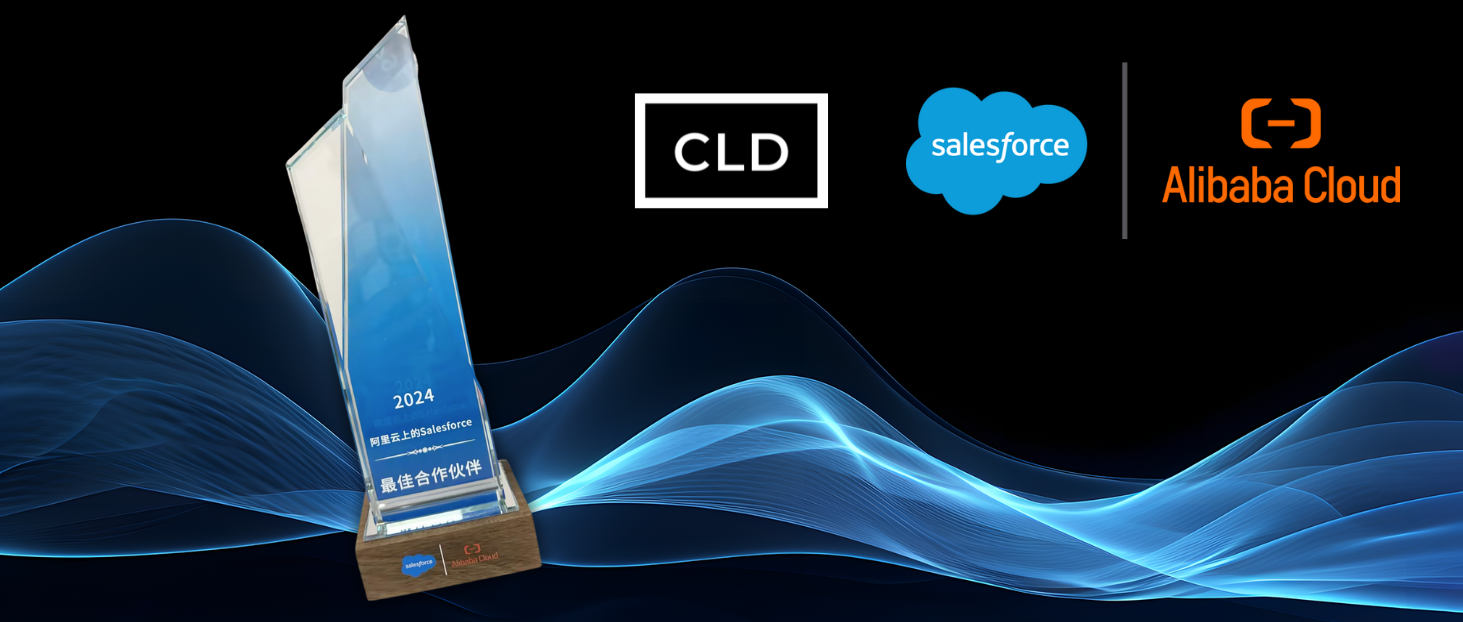By 2025, China’s luxury market is expected to account for nearly 40% of global luxury consumption, making it a key driver of growth for global brands. To succeed in this market, brands need innovative strategies that combine digital innovation, cultural localization, and sustainability.
This article takes inspiration from this year’s Lunar New Year (LNY) campaigns to analyze how brands can effectively engage discerning Chinese luxury consumers. These campaigns not only showcase the unique dynamics of the Chinese market but also offer valuable insights for future marketing strategies.
1. Mastering China’s Unique Digital Ecosystem
China’s digital ecosystem is one of the most dynamic in the world, led by platforms such as WeChat, Douyin, and Xiaohongshu. By 2025, brands must leverage these platforms to attract consumers through personalization, immersive technologies, and seamless e-commerce experiences.
Key Strategies for Digital Marketing Success
- WeChat Mini Programs: Develop tailored Mini Programs that serve as one-stop hubs for product discovery, storytelling, and purchases, optimizing the customer experience.
- Social Commerce Integration: Enable seamless shopping experiences on platforms like Douyin and Xiaohongshu to align with consumer habits.
- Data-Driven Personalization: Use in-depth data analytics to deliver customized content and product recommendations, enhancing loyalty and engagement.
Case Study
Burberry’s Lunar New Year campaign perfectly demonstrated the power of blending online and offline experiences. Inspired by Qi Baishi’s Grass Snake painting, Burberry created the We bamboo art series, which was integrated into its offline store displays and promoted via WeChat Mini Programs. This strategy sparked widespread social media discussion, setting a benchmark for cultural marketing

Source: Burberry
2. Embracing Cultural Localization
Cultural resonance is the cornerstone of success in China’s luxury market. By deeply integrating with Chinese traditions, values, and aesthetics, brands can establish emotional connections and earn consumer trust.
Key Strategies for Cultural Resonance
- Festival Campaigns: Celebrate Chinese festivals like Lunar New Year or Qixi with campaigns that combine traditional elements with modern creativity.
- Limited-edition Products: Launch exclusive collections reflecting Chinese culture to meet consumer demand for cultural pride.
- Localized Storytelling: Combine global brand heritage with Chinese cultural narratives to create emotionally engaging campaigns.
Case Study
Loewe’s Lunar New Year campaign exemplified cultural storytelling. Collaborating with cloisonné master Xiong Songtao, Loewe released limited-edition jewelry and handbags. The accompanying short film, Snake Dance, Spring Echoes, featured the Year of the Snake theme, blending traditional kite-making, shadow puppetry, and modern dance. This fusion of tradition and modernity resonated deeply with younger, culturally conscious consumers.





Source: Loewe
Pro Tip
Collaborate with trusted local KOLs (Key Opinion Leaders) to enhance authenticity and amplify cultural impact.
3. Prioritizing Sustainability and Ethical Practices
Chinese Millennials and Gen Z consumers are increasingly focused on sustainability and corporate social responsibility. By transparently communicating these values, brands can earn consumer trust and loyalty.
Key Strategies for Sustainability
- Sustainable Materials: Use eco-friendly materials in products and packaging, and highlight these efforts in marketing.
- Transparent Storytelling: Share the brand’s efforts and achievements in sustainability to convey authenticity and credibility.
- Regulatory Compliance: Adhere to privacy regulations like PIPL and GDPR to demonstrate ethical responsibility.
Case Study
Boutique luxury brands like Songmont and To Summer have successfully infused sustainability into culturally rich campaigns. For example, To Summer drew inspiration from the ancient text Shan Hai Jing, likening a snake’s winding motion to the twists and resilience of life. This philosophical narrative resonated with environmentally conscious consumers who value cultural meaning.

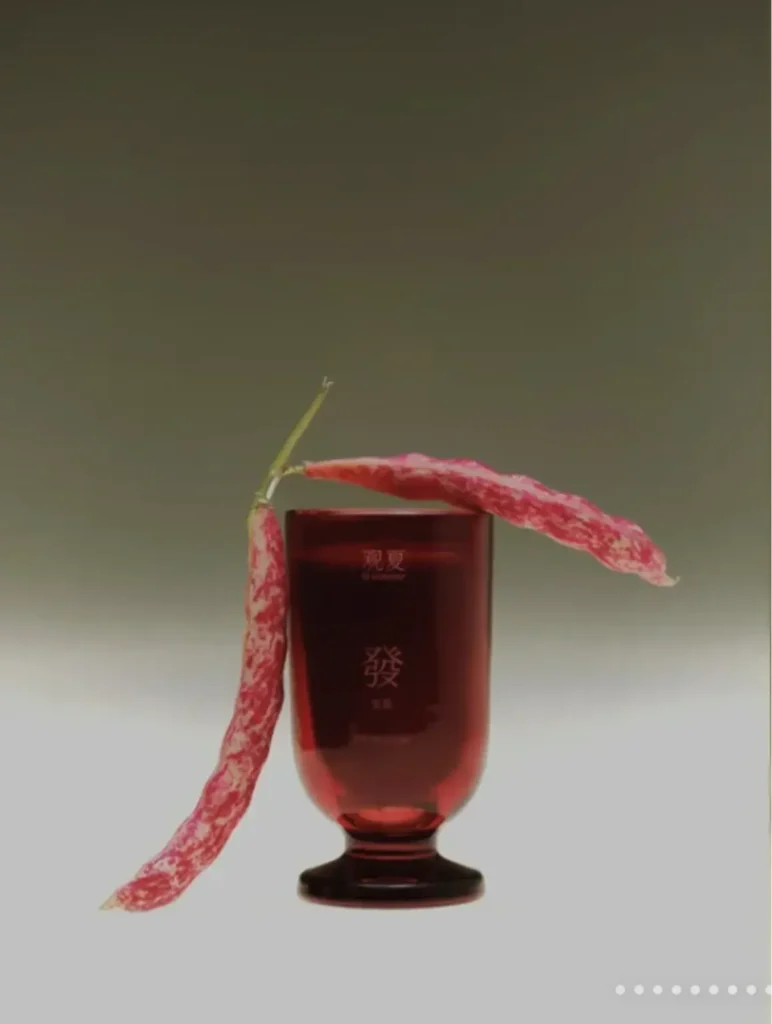

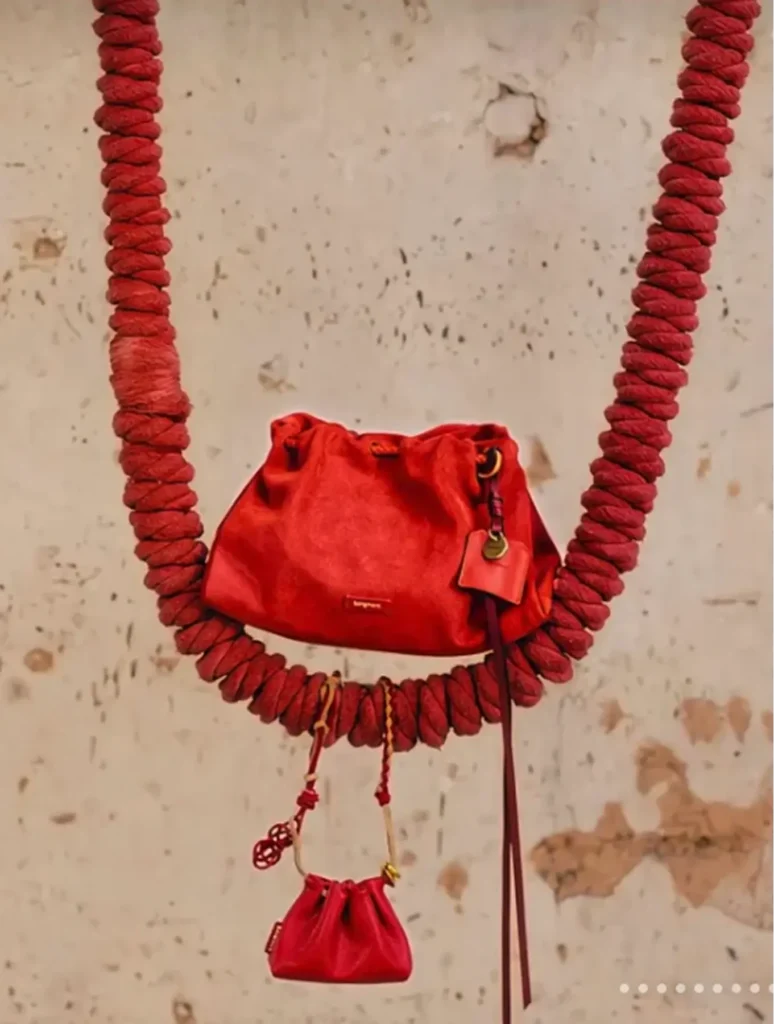

Source: To Summer
Pro Tip
Partner with local environmental organizations to further align sustainability goals with Chinese values.
4. Creating Omnichannel Experiences
While digital engagement is critical, offline retail experiences remain a vital part of luxury consumption. By 2025, the seamless integration of online and offline touchpoints will define the luxury shopping experience.
Key Strategies for Omnichannel Integration
- Tech-Driven Flagship Stores: Invest in flagship stores equipped with AR/VR technologies and interactive displays to enhance the offline shopping experience.
- Click-and-Collect Services: Offer hybrid shopping options, enabling consumers to purchase online and pick up in-store.
- Pop-Up Stores: Launch pop-up stores in Tier-1 and Tier-2 cities to create exclusivity and generate buzz.
Case Study
Bottega Veneta’s Lunar New Year campaign, themed Fireworks, highlighted the emotional resonance of shared moments. Shot in Liuyang, Hunan Province—the birthplace of fireworks—the campaign captured the festive spirit of the holiday. This emphasis on authentic emotions aligned perfectly with Chinese consumers’ appreciation for understated elegance.


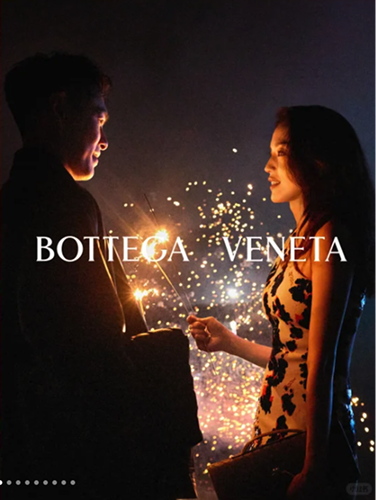


Source: Bottega Veneta
Pro Tip
Don’t overlook Tier-2 and Tier-3 cities, where rising disposable incomes and aspirations are driving luxury consumption.
5. Harnessing the Power of Key Opinion Consumers (KOCs)
Key Opinion Consumers (KOCs) are gaining influence in China’s luxury market. Though they have smaller followings, their audiences are highly engaged, making them ideal partners for authentic campaigns.
Key Strategies for KOC Marketing
- Grassroots Campaigns: Collaborate with KOCs aligned with your brand values and niche luxury communities.
- Exclusive Previews: Invite KOCs to exclusive product launches or events, encouraging them to share genuine experiences.
- User-Generated Content (UGC): Amplify UGC created by KOCs to enhance authenticity and reach.
Case Study
Beast (野兽派) launched a New Year fragrance collection inspired by the Yuan Dynasty painting Taiping Youxiang Tu, symbolizing peace and renewal. Collaborating with home décor KOC influencers, Beast leveraged topics like festive home decoration and New Year ambiance to expand its reach while maintaining cultural authenticity.
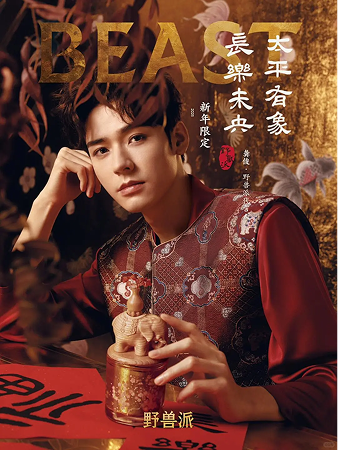
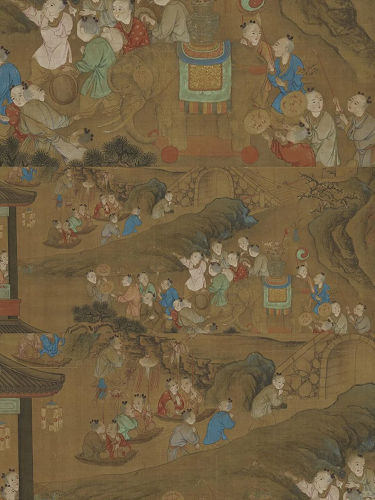

Source: Beast
6. Leveraging Data-Driven Insights
Data-driven decision-making is essential for understanding the diverse preferences and behaviors of Chinese luxury consumers. By 2025, advanced data analytics will be a key differentiator for brands.
Key Strategies for Data-Driven Insights
- Customer 360 Profiles: Use data integration tools to create comprehensive customer profiles for precise audience segmentation.
- Predictive Analytics: Anticipate market trends and optimize offerings based on consumer behavior.
- Real-Time Feedback: Collect timely consumer feedback through platforms like WeChat surveys to refine strategies continuously.
Pro Tip
Data-driven segmentation tools enable brands to identify high-value consumer segments, maximizing ROI.
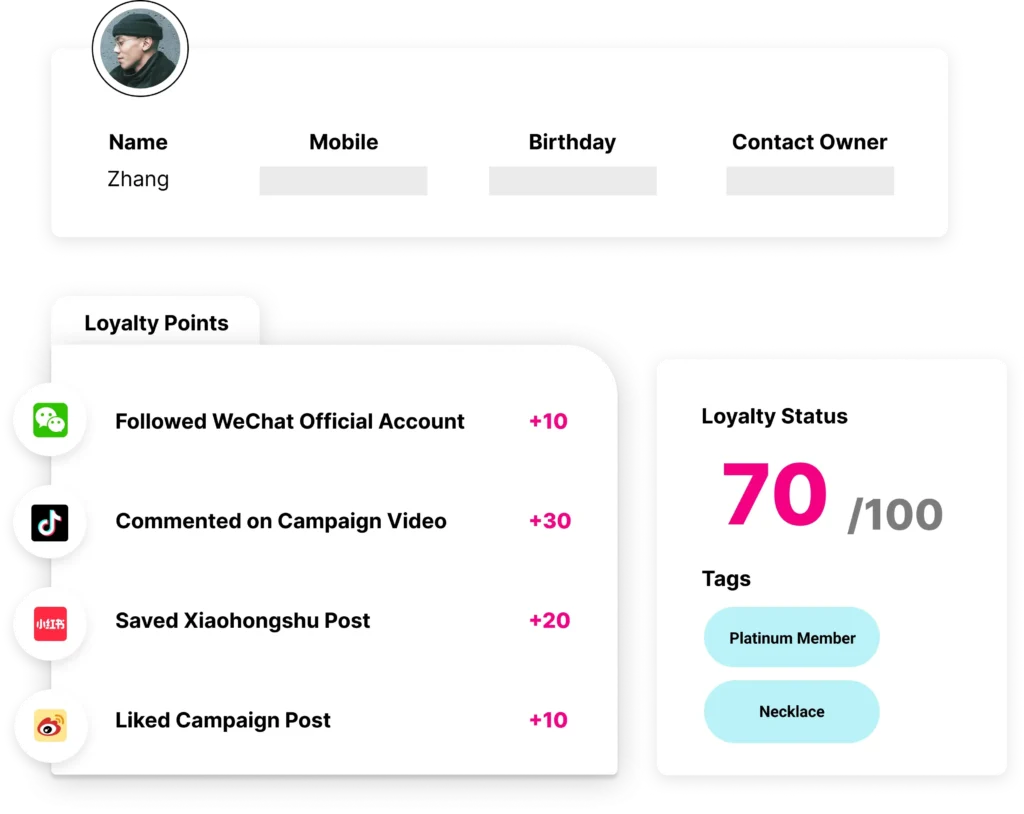
Lessons from the Year of the Snake
The 2025 Lunar New Year campaigns highlight how luxury marketing in China is evolving—from simple product launches to in-depth cultural dialogues.
Key Takeaways for Success in 2025
- Cultural Authenticity: Collaborate with artisans and draw on Chinese mythology and traditions.
- Emotional Storytelling: Focus on universal themes like resilience and renewal to create emotional resonance.
- Omni-channel Integration: Seamlessly connect online and offline experiences.
- Sustainability: Prioritize eco-friendly practices and transparent communication.
By learning from the standout campaigns of the Year of the Snake, luxury brands can build meaningful connections with Chinese consumers, ensuring long-term success in 2025 and beyond.
How CLD Can Help
Achieving success in China’s luxury market requires expertise and the right tools. CLD offers tailored solutions, including:
- Localized Content Creation: Ensure cultural relevance and engage Chinese consumers.
- Data-Driven Personalization: Drive deeper consumer engagement using advanced analytics.
- Compliance Excellence: Meet PIPL and GDPR regulatory standards.
- Omni-channel Integration: Optimize online and offline customer journeys for seamless experiences, especially with using Salesforce in China.
Partner with CLD for expert guidance and tailored strategies to unlock sustainable growth opportunities in China’s luxury market.





